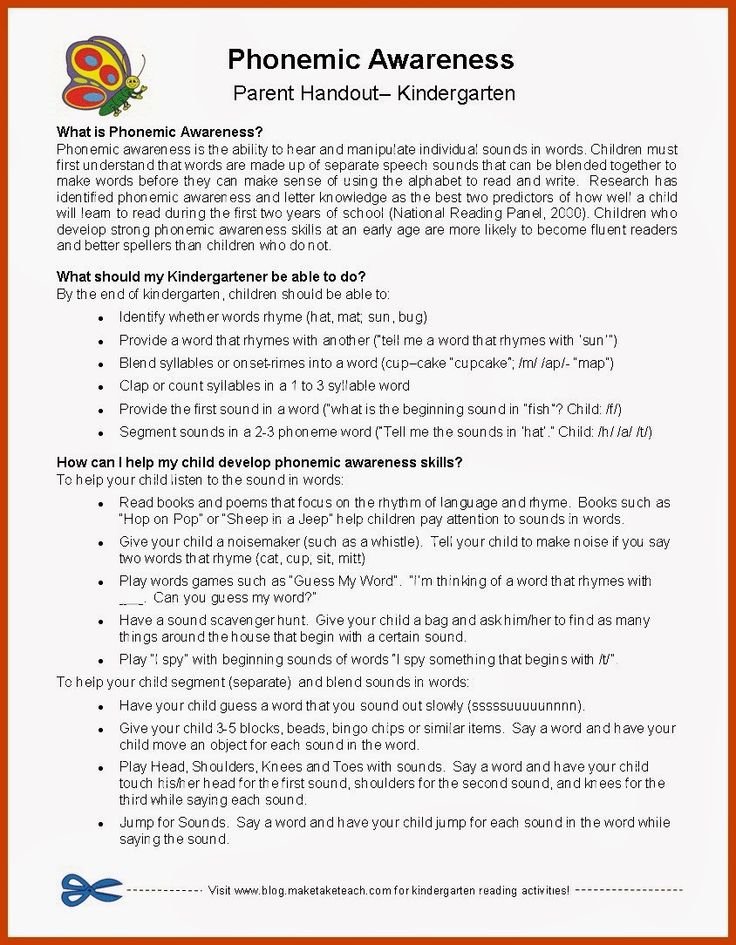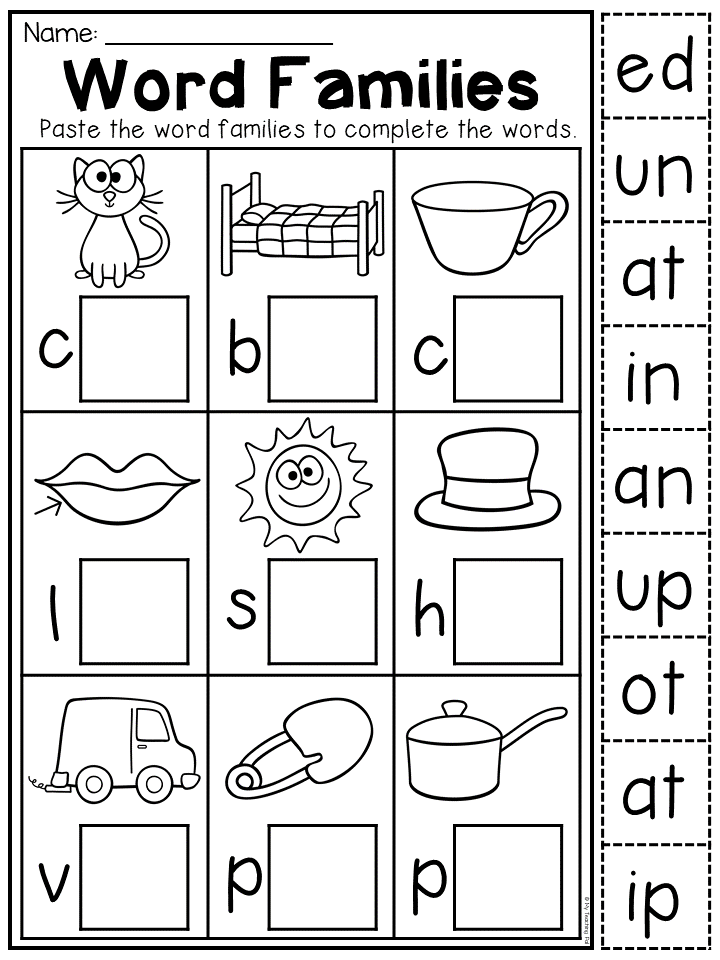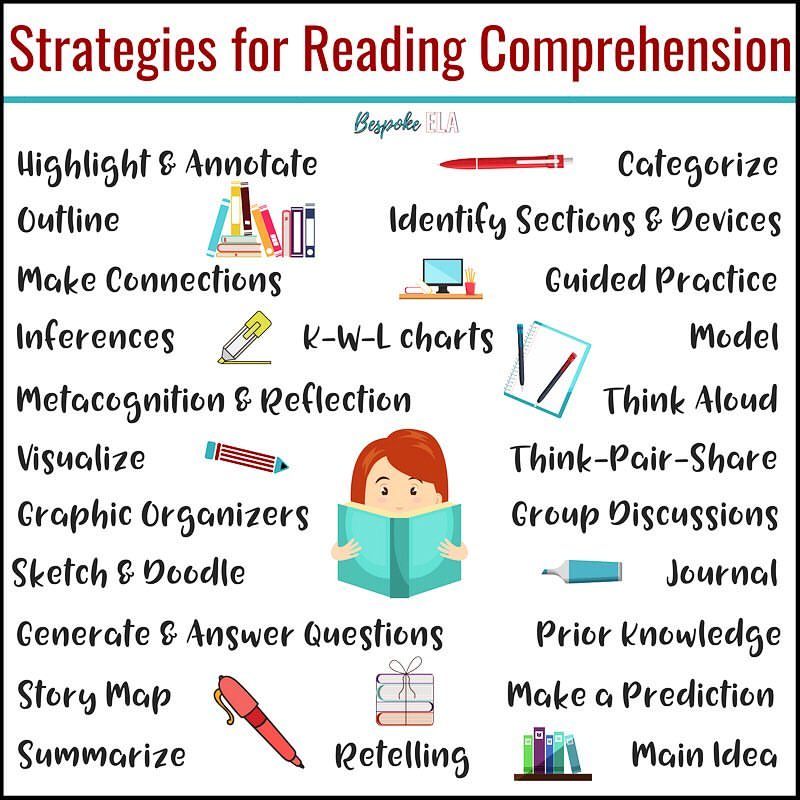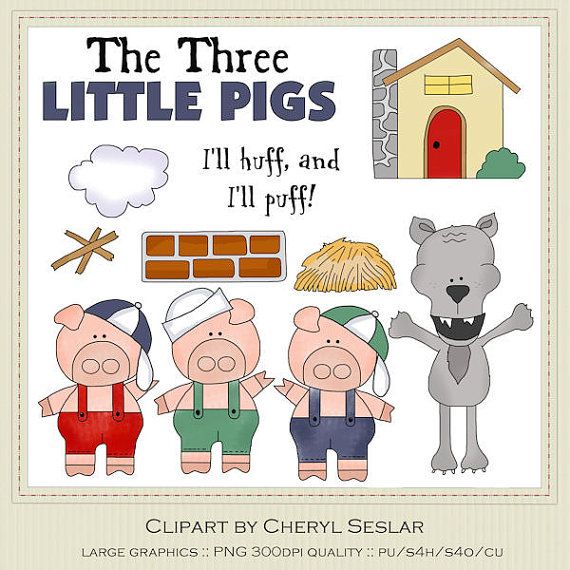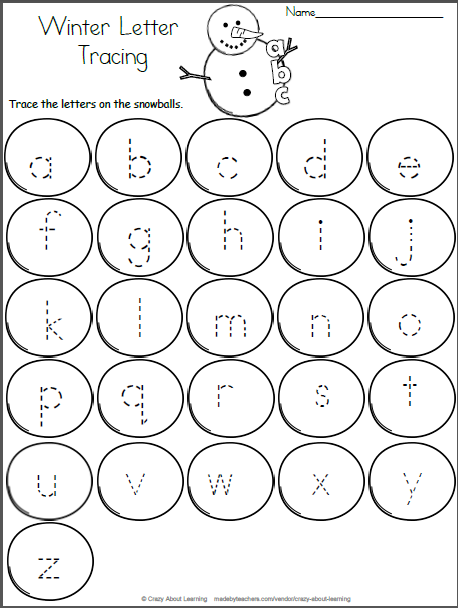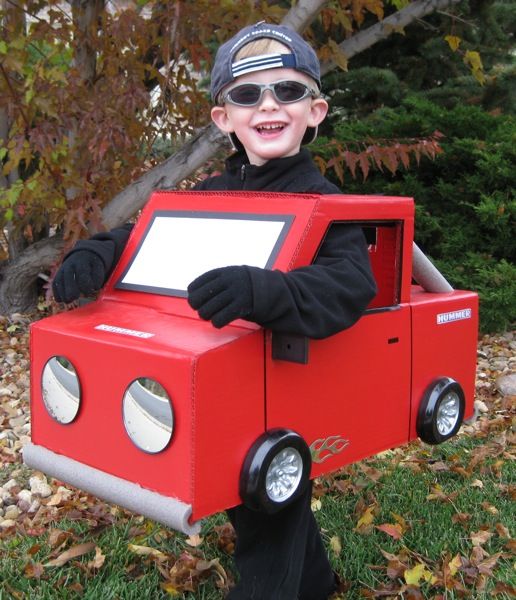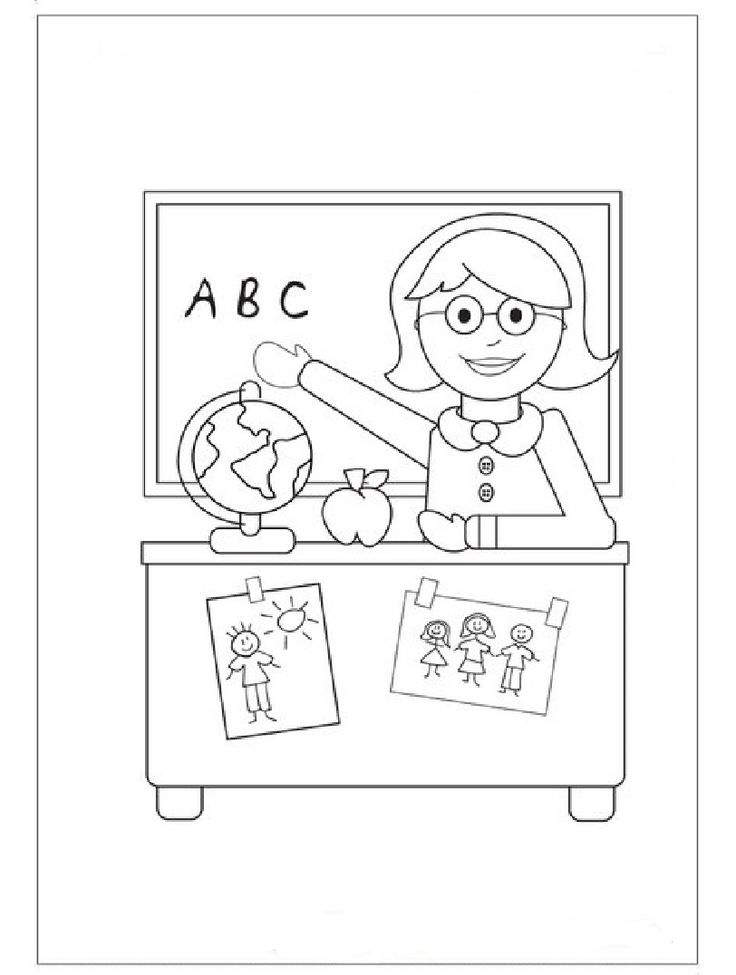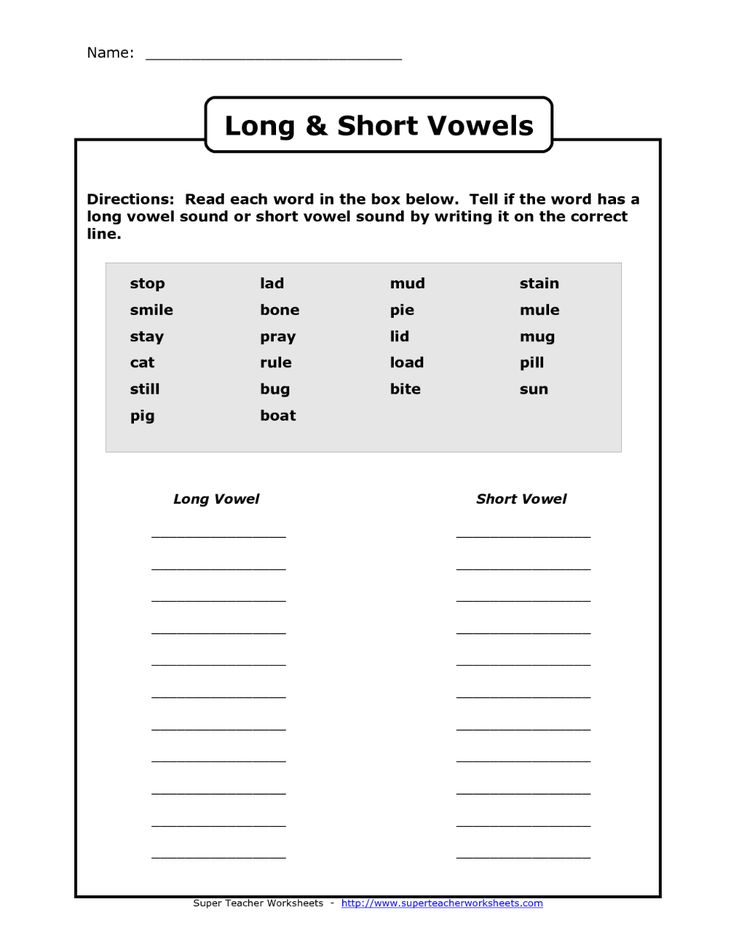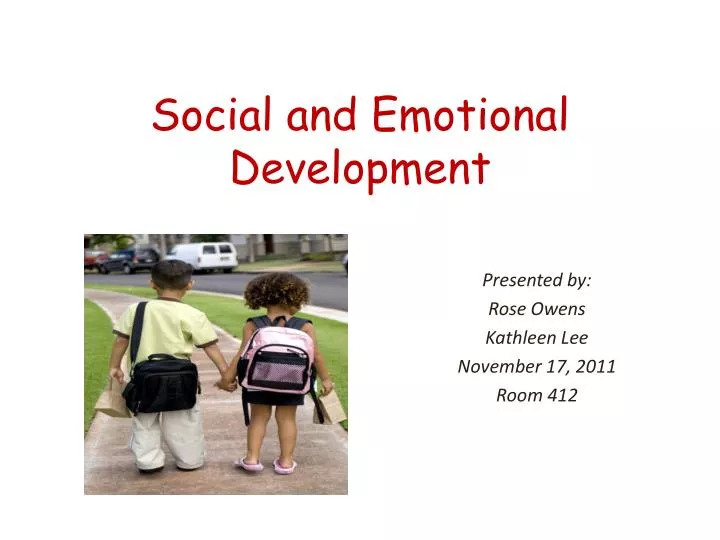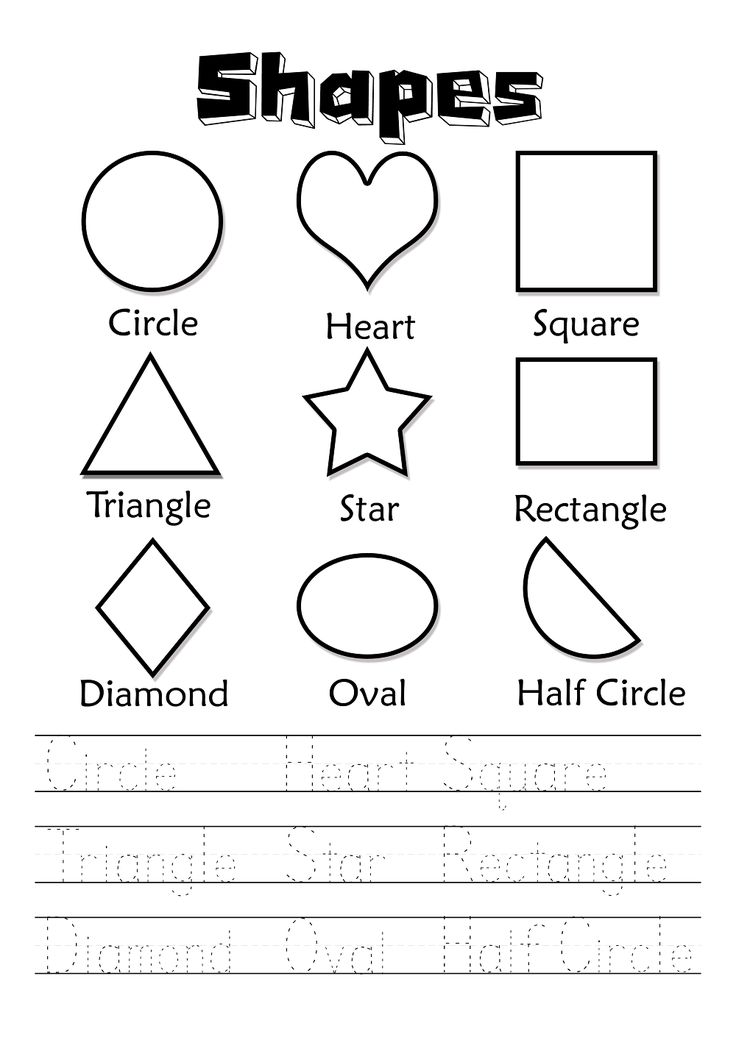Clap the syllables
Syllable Clapping - The Best Way to Teach Kids to Break Words Apart
Are you looking for a fun and interactive way to help your kids learn about syllables? If so, you are in the right place! We’ll look at how clapping syllables can be used as an effective tool for teaching phonological awareness.
Read on to find out why breaking words apart is important, and how you can use syllable clapping to help your kids learn syllable awareness.
Why is it important for kids to learn how to break words into syllables?
Phonological awareness is the ability to notice or manipulate sounds in speech. Developing phonological skills such as breaking down spoken speech into words, syllables, and phonemes is an important stepping stone to eventually learning to read. So, working on syllable awareness and syllable segmentation is essential literacy activity for kids.
The great news is that playing with words can be FUN and PLAYFUL for young kids.
How to teach syllable awareness and segmentation
When thinking about teaching syllable awareness, you may be wondering where to begin. Here are some tips:
- The first rule is to have fun with the syllable wordplay.
- Start with simple compound words.
- Slow down and over-emphasize syllables as you say them.
- Ask kids to put their hands on their chins to feel the different parts of words as they say them.
- Emphasize each syllable with a clap
Have Fun with Wordplay
Be silly as you play around with words. Say words in funny voices, pretend to be different characters, and get creative.
Start with Compound Words
It’s easier for kids to hear syllables and understand the concept of breaking words down when you use simple compound words. Tell kids that you will play a game where you break a word into two different parts. Begin by slowly breaking 2-syllable compound words apart and then saying the word more quickly.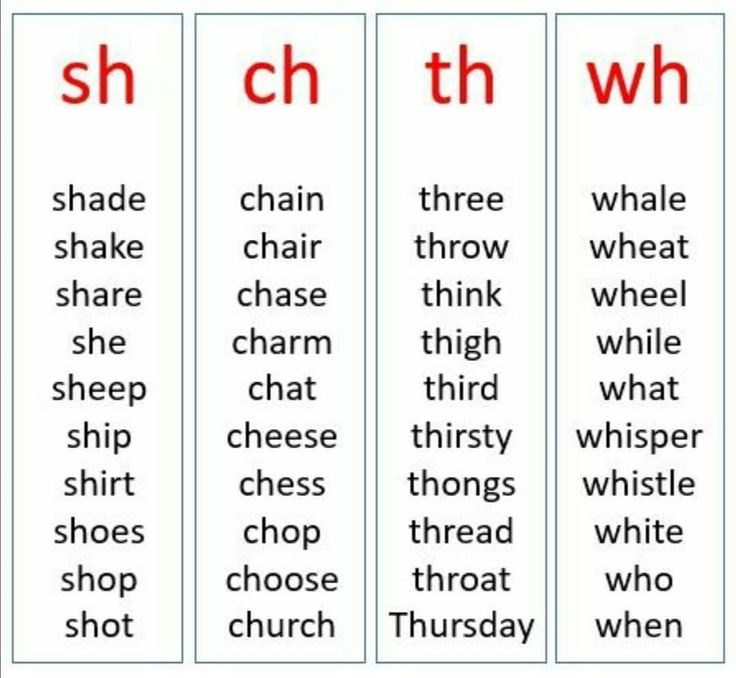 Here are some 2-syllable compound words that you can begin with.
Here are some 2-syllable compound words that you can begin with.
- lipstick
- goldfish
- snowman
- pancake
- starfish
- mailbox
- football
Feel the Syllables
Overemphasize the syllables as you say them, ask kids to say the words with you, and encourage kids to “feel” the syllables as they talk. You can encourage them to bob their head or, sway their body to feel the rhythm.
You may want to give them a mirror and encourage them to watch how their mouthes move as they say the words. They can also place their hands on their chins to feel the different movements that their lips, jaws, and tongue make as they say the words.
How and why to clap syllables
Now that your kids have begun to feel that words are made of different parts, you can teach them how to clap the syllables. Clapping syllables in words is an excellent way for teachers to help young kids learn syllable awareness and phonological awareness.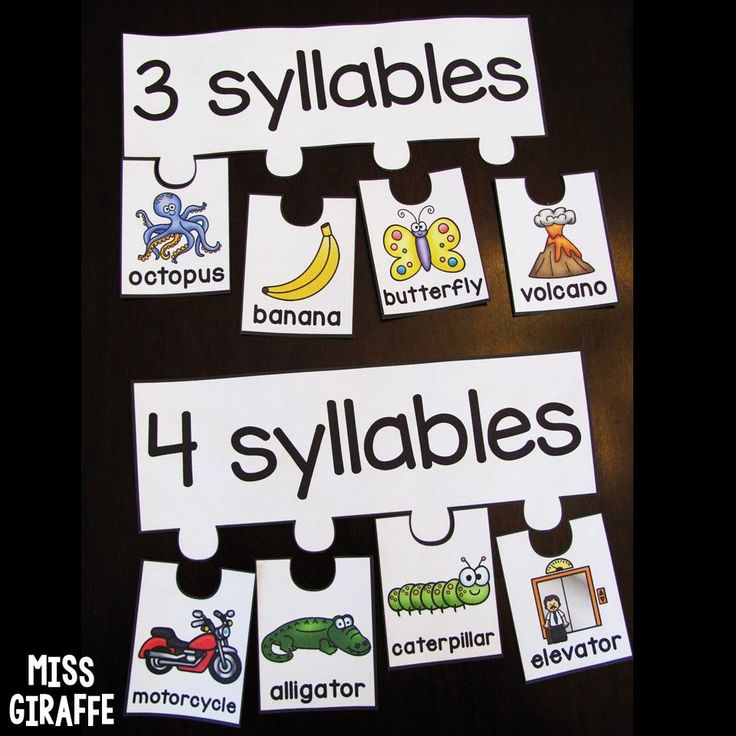 It’s an interactive and fun way for children to recognize syllables, understand how words are broken up into smaller parts, and discover the sounds of language.
It’s an interactive and fun way for children to recognize syllables, understand how words are broken up into smaller parts, and discover the sounds of language.
Soon, you will be able to ask kids, “How many claps does that word have in it?”
syllable clapping words lists
Once your kids understand the concept of clapping syllables, you can play around with more complex words. Kids will enjoy counting the claps in the words. Here are some lists of words with different numbers of syllables to get you started.
One-Syllable Word List
- cat
- dog
- boat
- fish
- car
Two-Syllable Word List
- monster
- flower
- waffle
- bottle
- taco
Three-Syllable Word List
- spaghetti
- dragonfly
- applesauce
- jellyfish
Four-Syllable Word List
- armadillo
- elevator
- macaroni
Five-Syllable Word List
- hippopotamus
- refrigerator
- electricity
Don’t forget the most important words….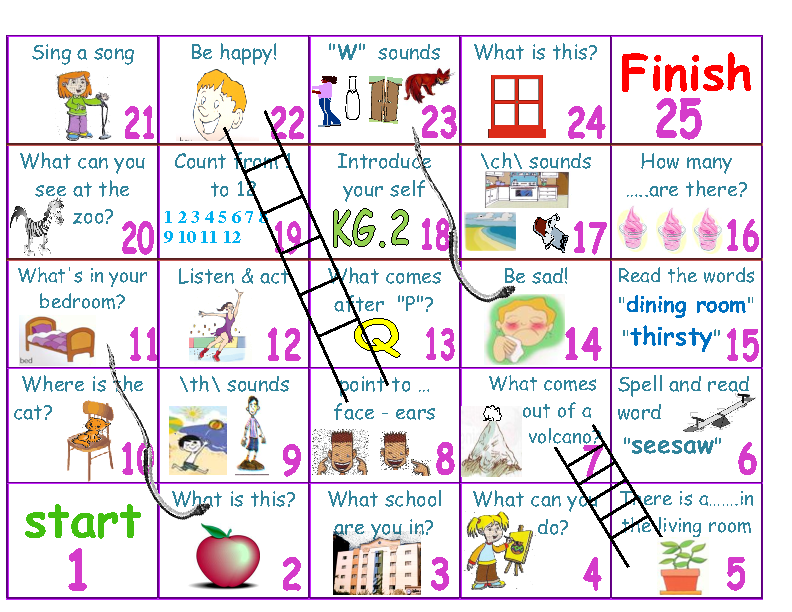 their names. Syllable clapping is a great name activity that kids love.
their names. Syllable clapping is a great name activity that kids love.
syllable clapping activities
There are a variety of fun literacy activities that teachers can use to help reinforce phonological awareness with their kids. You can stop and clap syllables of words you use throughout the day such as playground, restroom, storybook, etc. Speaking of books, stop and clap out exciting words that you find while you read books aloud to your kids.
Here are some additional ideas for syllable clapping activities:
Syllable Clapping Clip Cards
These counting clip cards are a fun way to practice syllable segmentation. Kids can say the word on these cards, clap out the parts of the words, and then add a clothespin clip to the correct number of claps. You can easily make the cards self-checking by adding a little dot or sticker on the back of the cards.
I Spy
I love the “I spy” game because you can use it to practice many different concepts. To practice syllable awareness, kids can look around and spy something with a certain number of claps.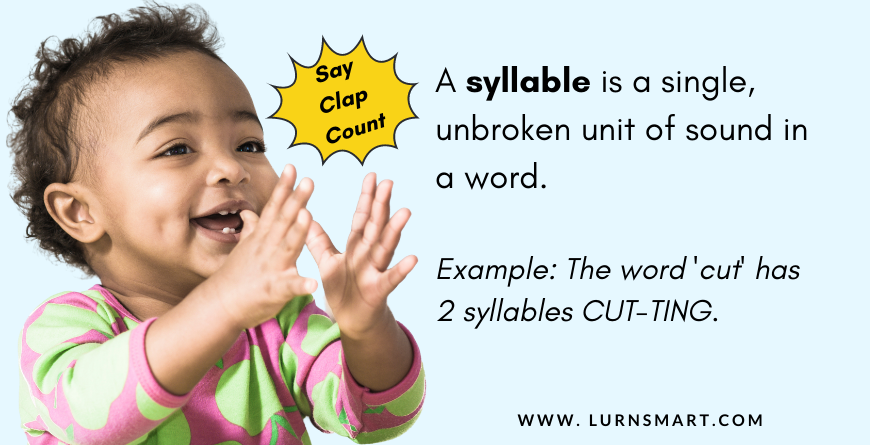 If this proves too difficult, you can specify both the color and number of claps in an object like this, “I spy something that is orange and has two claps.”
If this proves too difficult, you can specify both the color and number of claps in an object like this, “I spy something that is orange and has two claps.”
If you enjoy this version of I Spy, you will also enjoy the rhyming version. Find the directions in my list of rhyming games for preschoolers.
Syllable Clapping Word Sort
Kids can sort picture cards by the number of syllables or claps. This printable set also encourages more movement by getting kids to clap syllables, tapping their heads, doing leg lifts, squats, etc.
Purchase Printable Syllable Clapping Activities Today
Are you ready to start clapping syllables and working on phonological awareness with your kids? My printable syllable clapping activities are perfect for young learners, as they provide them with the opportunity to practice their skills in a creative and entertaining way. Visit the store today and get these fun activities for your kids!
Purchase on TPT
Do you prefer to shop at Teachers Pay Teachers? You can also purchase the syllable activities in my TPT Store.
More Phonological Awareness Activities
Syllable Clapping – Supporting Talking
Aim of the game:
Understanding word structure and identifying syllables in words is a phonological awareness skill. Phonological awareness is the ability to recognise, distinguish and manipulate sounds that make up words. It is a vital skill for both speech sound development and is key for literacy development. This fun syllable clapping game helps children to understand more about the structure of words and can help on the road to correcting sounds in words.
What you will need:
A bag, pillowcase or box. This is to put all of the toys, pictures or items in.
A collection of toys, pictures or objects which have one, two, three and four syllables in their name. We’ve given some suggestions below:
1 Syllable Words
2 Syllable Words
3 Syllable Words
4 Syllable Words
banana
caterpillar
orange
tomato
helicopter
monkey
elephant
watermelon
giraffe
crocodile
rhinoceros
If you can’t find the real objects we have created one, two, three and four syllable picture cards available to download from our Therapy Centre.
How to play:
- Introduce the game to your child by telling them you’re going to play a word game.
- Tell them that you’re going to clap out some words to see how many parts they have. You can tell them that we call these parts syllables and some have just one but some words have lots.
- Fill the bag with items that have a range of syllables in. You may want to just focus on 1-3 syllable words for the first few times and no more than 6 items (so maybe two of each). Once your child has got the hang of the game you can add in 4 syllable words.
- Let your child take an item out the bag and see if they can guess or label what they’ve found. Then tell them you’re going to clap out the word together, you will need to lead this. For example. “Let’s clap out the word apple. Ready…/a/ (clap) /pple/ (clap)”. You may need to repeat this a few times and you may need to do a gentle hand over hand with them to help them clap out the number of syllables correctly.
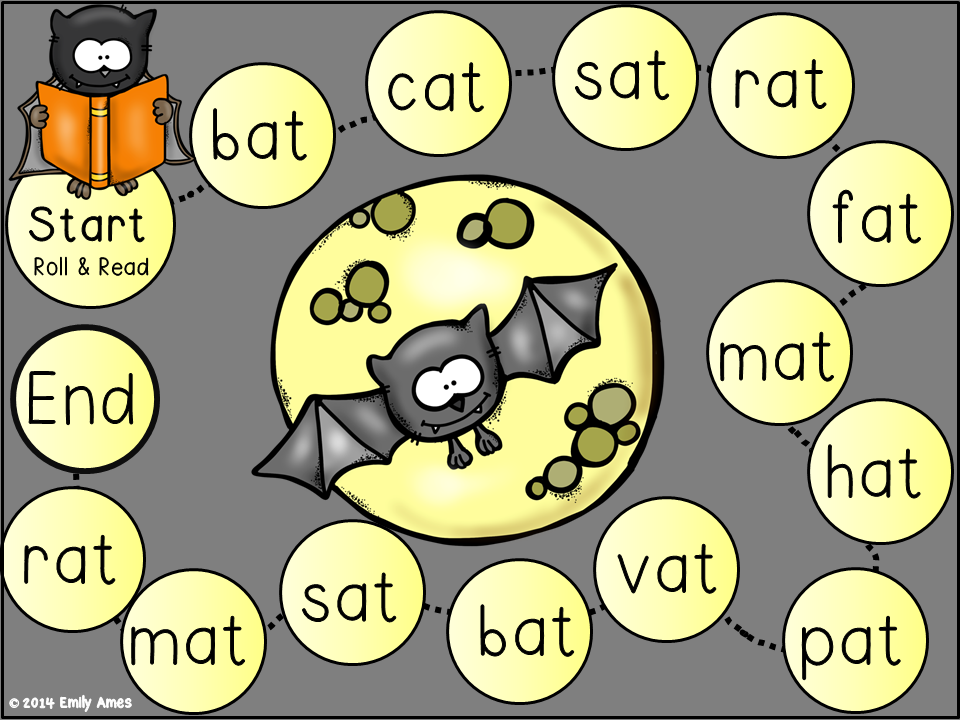 If they can’t count and clap at the same time (some children do struggle with this), once they’ve had a go tell them that they can listen and count how many times you clap. Don’t worry if they take a while to get this skill, it’s a tricky concept to learn.
If they can’t count and clap at the same time (some children do struggle with this), once they’ve had a go tell them that they can listen and count how many times you clap. Don’t worry if they take a while to get this skill, it’s a tricky concept to learn. - Pick another item out of the bag and clap this one out together until the bag is empty.
How to extend:
- You can use visual supports to help your child with identifying the number of syllables in words. We use blobs of play dough or circles on paper and call them ‘syllablobs’! If they don’t manage to count the syllables with clapping you can use the syllablobs to help. You can download syllablobs in our Therapy Centre.
- See if your child can clap out the syllables in friends and family member names.
- Remove the clapping element and the amount of support you offer when your child gets really practiced and see if they can identify the number of syllables just by saying the word.
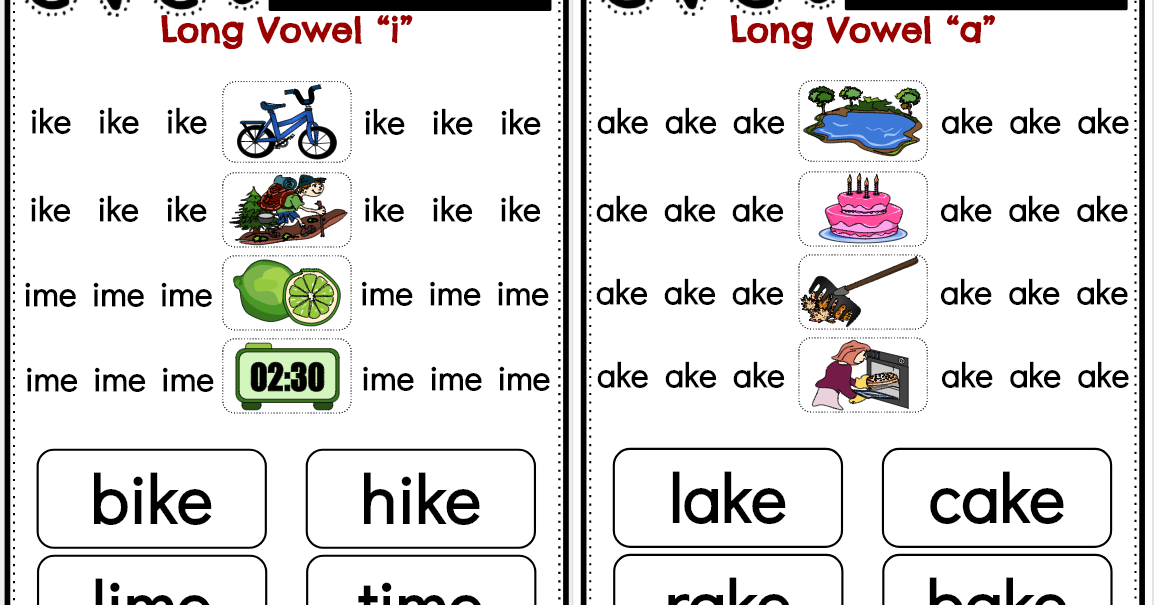
- Play this game with friends or other family members so your child learns to wait and take turns and pretend to get some wrong to see if they notice your errors.
How useful was this activity? Click on a star to rate it! Average rating 5 / 5. Vote count: 1 No votes so far! Be the first to rate this post. We are sorry that this activity was not useful for you. Please help us to improve this post! Tell us how we can improve this activity?
Back to Activities for Preschoolers
Like this:
Like Loading...
Dividing words into syllables for preschoolers
Views 1.5k. Posted by Updated
Contents
Dividing into syllables for preschoolers is not an easy task.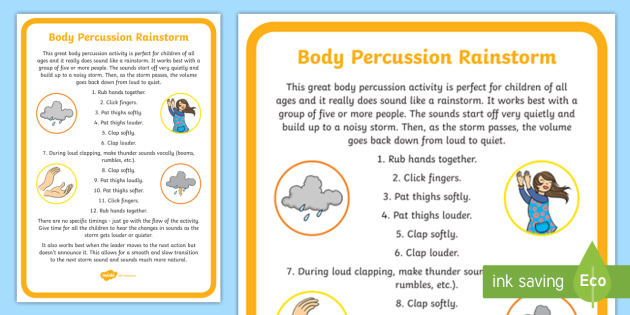 Moreover, learning occurs simultaneously with learning to read. And the parents themselves are doing this - after all, such a task is not worth it in kindergarten.
Moreover, learning occurs simultaneously with learning to read. And the parents themselves are doing this - after all, such a task is not worth it in kindergarten.
Why is it difficult to teach preschoolers to divide words into syllables?
It is difficult for parents because they themselves do not remember how they were taught. Most people have mastered this skill so firmly (thanks to elementary school!) that the learning process itself has already been forgotten.
If you open popular publications on children's websites, you will simply be amazed! Who are you going to teach? PhD students? There are definitions - "A syllable is a part of a word consisting of one vowel and one or more consonants." There are varieties - open, closed. And all this is proposed to be explained to the child so that he begins to divide words into syllables ...
You know, all these definitions will only confuse the child . They will be later at school.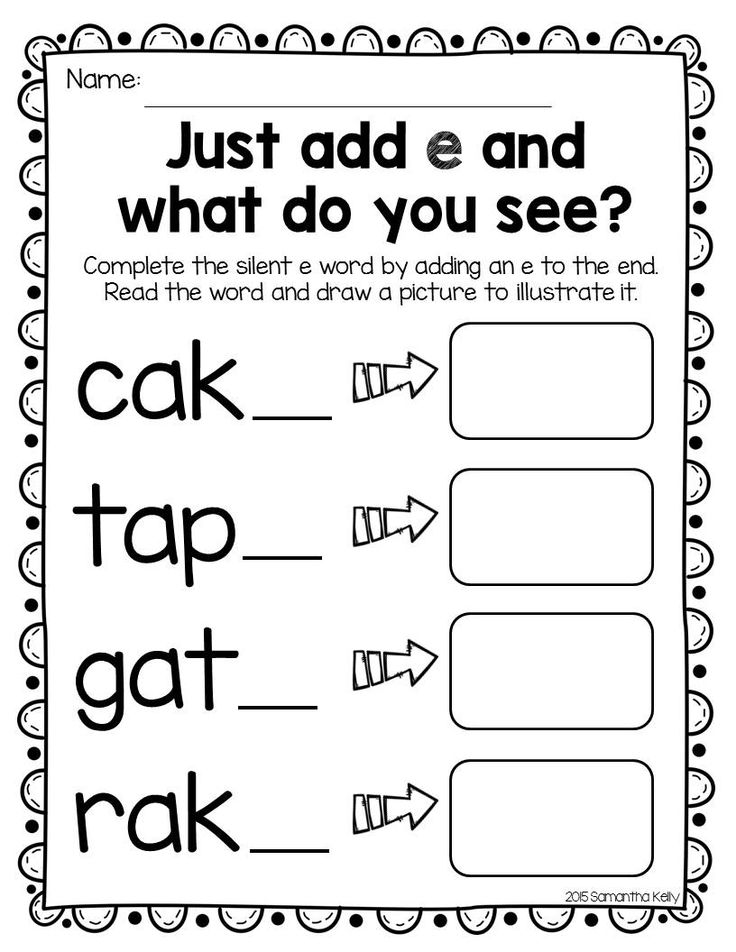
And you can learn to divide into syllables without even knowing how to read. At all.
How to explain the division of words into syllables to a preschooler?
To make it easier for the child to understand at the first stage, we start with a simple exercise. We show the child a doll or a picture and say:
- This is Masha. She has gone far away and does not hear us. Let's call her out loud.
And when the child begins to “call” Masha, he involuntarily pronounces in syllables: “Ma-sha!”
And then we make a “discovery”: oh, you said the word in parts! And let's say it like that again, only we will clap our hands for each part.
And we pronounce already with clapping: “Ma-sha”.
- Count how many claps!
And we conclude that the word can be pronounced in parts. Each such part is a syllable. So, we have learned to pronounce the word by syllables.
That's all, then only testing. First we take two-syllable words, then we add three-syllable and even four-syllable ones.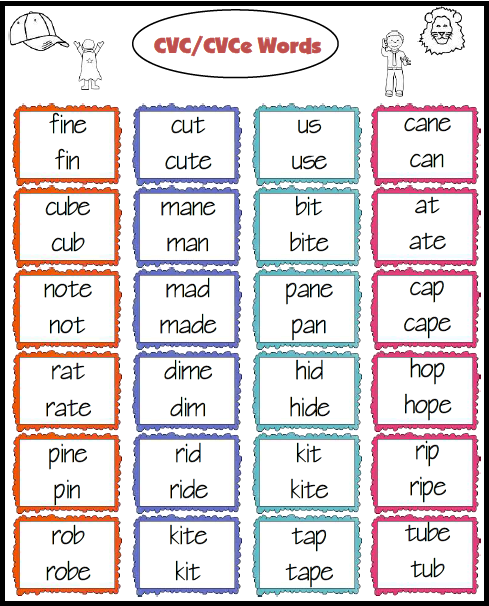
At the initial stage - only with open syllables (the child does not need to talk about this at all) - ma-shi-na, ko-ro-wa, so-ba-ka, Bu-ra-ti-no.
Then you can show words with one syllable, but closed - house, sleep, cheese. If the child is trying to separate the final consonant - ask him to "call" this word.
And then we work out the division into syllables with numerous trainings.
How to train the division of words into syllables with a preschooler?
It is best to train not even during special classes, but just walking around. Here we go past the fence.
- What is it? Fence. Let's clap.
— And who ran past? Cat. Let's call her: cat!
In such exercises, between times, a skill is formed by chance and without resistance.
You can get into the habit of reciting poetry by tapping each syllable. So, by the way, a sense of rhythm is also developed.
Russian language
Rate the author
How to teach a child to read by syllables at home: rules and methods
Reading time: 7 min.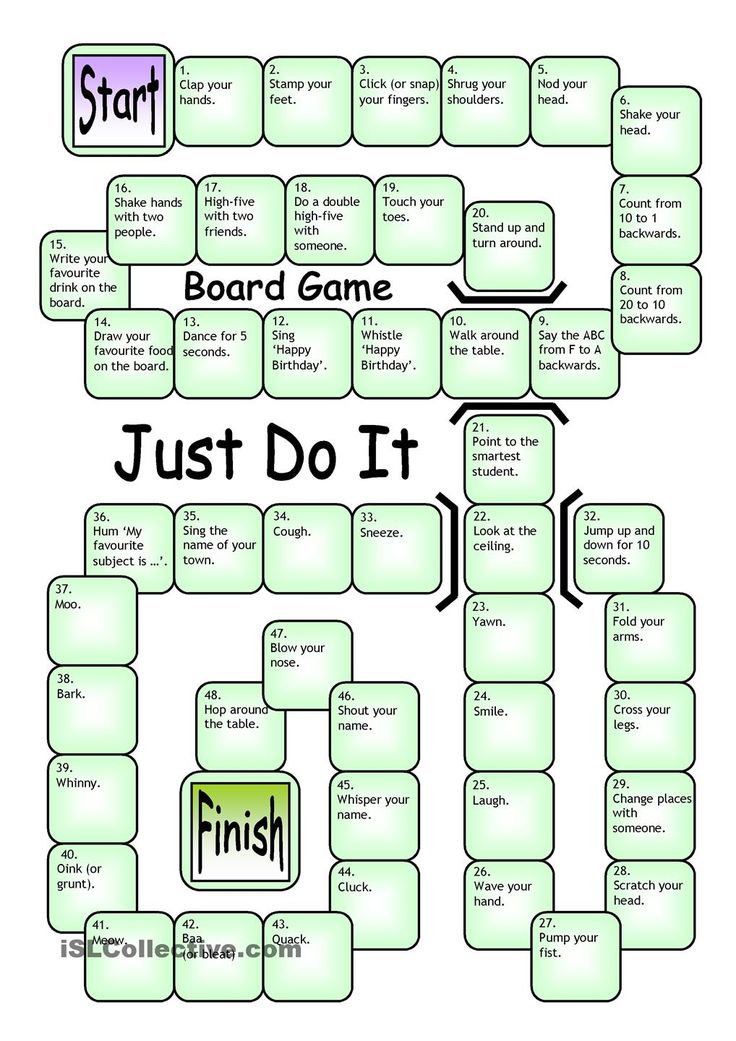 55 sec
55 sec
Useful materials How to teach a child to read by syllables correctly and quickly
Free trial day
at Online Gymnasium No. 1
Read more
Read more
Article content:
- Basic problems in learning to read
- How to teach reading by syllables
- Methodology for teaching reading by syllables
Some parents enjoy teaching their children. And they also want to teach their children to read. If the child is the first, and the parents do not have a pedagogical education, it is worth listening to the advice of teachers on how to teach the child to read in syllables .
Main problems in teaching to read
When teaching a child to read, the main thing is to avoid the most common mistakes that interfere with learning syllables and slow down the reading process.
- Letter-by-letter reading. It happens that parents, having learned the alphabet with their child, begin to teach him to read, too, by letters, naming the letters and combining them into words.
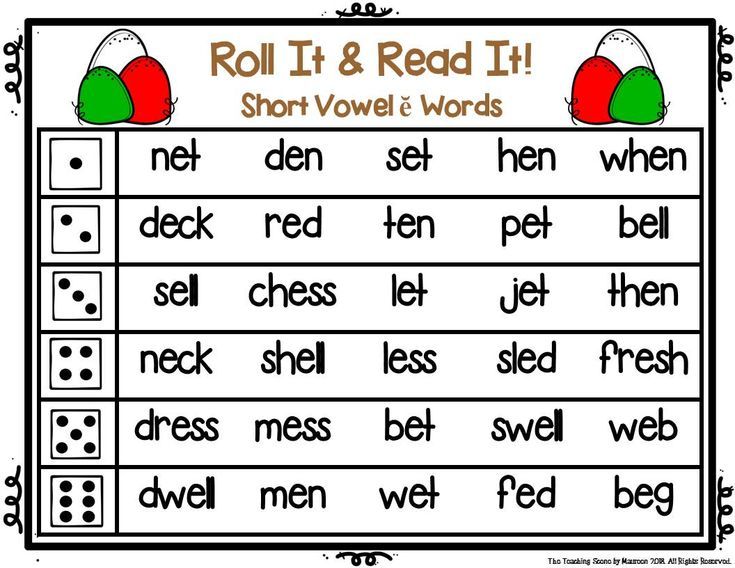 Sometimes a child is taught to pronounce the full names of letters: “en”, “te”, etc. With this approach, the child will not be able to understand the sound-letter mechanism of merging syllables. To learn how to read, he will have to make every effort to remember the endless "uh" and "y" will be "mu" and the like. While reading, he will often stop and stutter, confuse syllables.
Sometimes a child is taught to pronounce the full names of letters: “en”, “te”, etc. With this approach, the child will not be able to understand the sound-letter mechanism of merging syllables. To learn how to read, he will have to make every effort to remember the endless "uh" and "y" will be "mu" and the like. While reading, he will often stop and stutter, confuse syllables.
It will not be easy for such a first grader at school, the teacher will need about six months to retrain. And even after that, most children first add the syllables in their mind according to the previous algorithm, and then say it out loud. It is not difficult to teach a child to read by syllables if this mistake is avoided.
- Insufficiently developed phonemic hearing. Many children pronounce sounds incorrectly because they do not know how to distinguish them in the general flow of speech. Few parents know about phonemic exercises, even fewer those who do them with their children. As a rule, children get acquainted with the concept of sound at school, learn to identify sounds in a speech stream.
 A lot of problems arise when studying the letters "e", "e", "u", "i", which denote two sounds at once (d + e, d + o, d + y, d + a, respectively). Many parents ask: “How to teach to read by syllables?” But practically no one asks about phonemic exercises, while reading by syllables must begin with an acquaintance with sounds.
A lot of problems arise when studying the letters "e", "e", "u", "i", which denote two sounds at once (d + e, d + o, d + y, d + a, respectively). Many parents ask: “How to teach to read by syllables?” But practically no one asks about phonemic exercises, while reading by syllables must begin with an acquaintance with sounds. - Excessive pressure. Preschool children are best taught through games, as this is the leading activity at this age. However, most parents do not use didactic games, but achieve results with the help of drill. Not surprisingly, in this case, children lose interest in reading or even perceive it as something negative. Learning syllables is necessary in the form of a game.
How to teach reading by syllables
There are several ways to teach a child to read. Recently, the sound-letter method of reading by syllables has been recognized as the most effective, when words are composed immediately from syllables, and the child learns and memorizes the syllables in their entirety.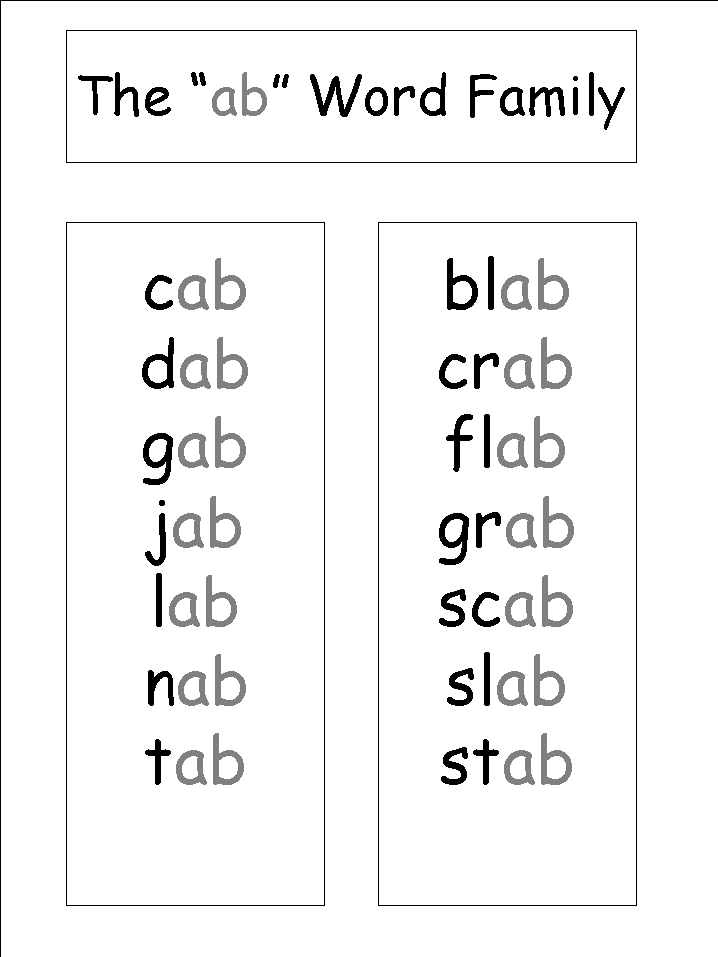 It is possible to teach a child to read by syllables from the age of five or six.
It is possible to teach a child to read by syllables from the age of five or six.
To teach a child to read using this method, he first needs to be told about the basic vowel sounds and the letters that are used to convey them in writing. In addition, the child needs to be told about the main thing: sounds are used in oral speech, and with the help of letters we can write these letters. It will take several lessons to get to know each letter.
Teaching a child to read step by step is not difficult if you follow the algorithm below:
- To arouse the child's interest, start the session with a game. A child can be taught to read in syllables, so that the process gives him pleasure, you can only play with him. Depending on what letter you are going to study, find a toy or object whose name begins with this letter, show a cartoon or let you listen to a song about a bear cub, a cat, etc. Then ask to repeat the name of the toy (cartoon, song or object).

- Draw the child's attention to the first sound, pronounce it lingeringly, distinctly, focus on it. Ask them to repeat and name the sound the child hears. Pay attention to the position of the lips, teeth, tongue when pronouncing this sound, let the child pronounce this sound, looking at himself in the mirror.
- After the baby has a few sounds in his arsenal, play the game "Guess the sound" (do not say the sound out loud, the child must guess it by the position of the lips, tongue, teeth) and other games. For example, have the child say words that begin with this sound, or you say words and have the child clap his hands when he hears this sound. These and other games will later help you learn syllables with your child.
- After the child has become familiar with the sound, you can learn the letter. It is better to use cubes with letters, letters on magnets, in a word, the child must also feel the letter, then memorization will be faster. Let the child carefully consider the letter and all its constituent lines.
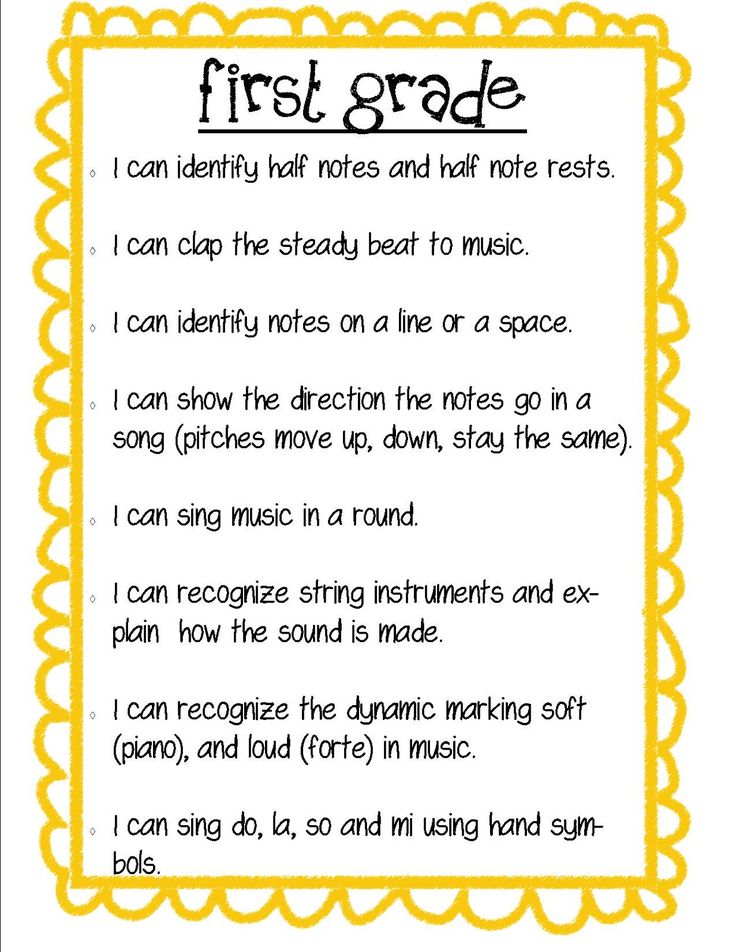 Then ask your child to draw a letter. Preschoolers love to play school and write with chalk or a marker on the board, buy him such a board and let him practice. The child can tell what the written letter looks like, what it reminds him of.
Then ask your child to draw a letter. Preschoolers love to play school and write with chalk or a marker on the board, buy him such a board and let him practice. The child can tell what the written letter looks like, what it reminds him of.
You can remember learned letters and write them everywhere: on the sand, if you are relaxing by the sea, on misted glass, you can mold them from plasticine or even lay them out from toothpicks.
- How to teach a child syllables? As soon as you learn 3-4 vowel sounds with your child, include each subsequent one after getting to know the letter in the syllables. Show two letters, explain that you will pronounce them without stopping, this will be a syllable. The process can be “revitalized” by placing cubes with these letters next to them, letters on magnets, etc. Say a syllable and ask the child to repeat it. Let him look in the mirror how the articulatory apparatus works when pronouncing this sound. How to teach a child to add syllables? Constantly train! It is necessary to pronounce the syllable several times.
 As a rule, a child learns the mechanism of combining sounds into syllables in a couple of weeks, sometimes faster. After that, it will be easy for him to combine sounds, and the task can be complicated: offer to read combinations of vowel + consonant and several consonants + vowel. Also, first show yourself how such syllables are pronounced, practice their pronunciation with a child in front of a mirror and practice on cubes or letters.
As a rule, a child learns the mechanism of combining sounds into syllables in a couple of weeks, sometimes faster. After that, it will be easy for him to combine sounds, and the task can be complicated: offer to read combinations of vowel + consonant and several consonants + vowel. Also, first show yourself how such syllables are pronounced, practice their pronunciation with a child in front of a mirror and practice on cubes or letters.
Syllable Reading Method
This method, which allows children to learn to read by syllables, is suitable for self-study with children from 5 years old. How to track progress? If after 2-3 weeks the child can name syllables, then you are doing everything right.
- Give the child time to think, if a minute is not enough to read a syllable, help him.
- How to learn syllables with a child? What other rules do you need to know? Be patient, do not get annoyed and do not reproach the child, reading is a completely new and still difficult process for him.
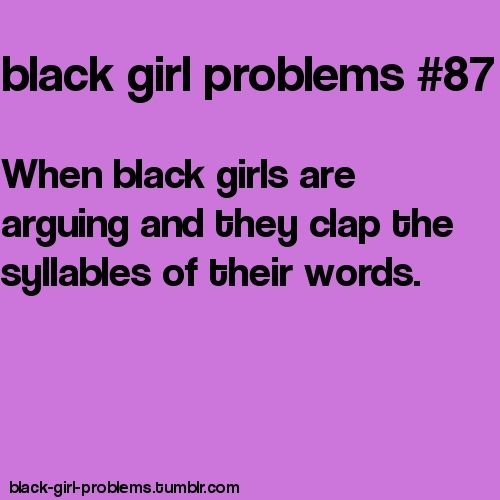 The more friendly you are, the more interesting it will be for the child to do.
The more friendly you are, the more interesting it will be for the child to do. - Once the child understands how to make and read syllables, explain that words are made up of syllables. Start with the simplest and easiest: ma-ma, pa-pa. Learning to compose words from syllables is also easier with the help of cubes, for example, Zaitsev's cubes. Name syllables together and combine them into words. You can play again: say the word, and let the child make it up from cubes or letters.
- When the child understands the mechanism of connecting letters into syllables, and syllables into words, devote most of the lessons to exercises. Learning syllables with a child is only half the battle. You also need to teach your child to read. Constant training will allow the child to master reading by syllables, and then regular reading.
- Didactic games help in the process of training. For example, "Sun", in the center of which is written the letter that is being studied, and at the ends of the rays - other letters.
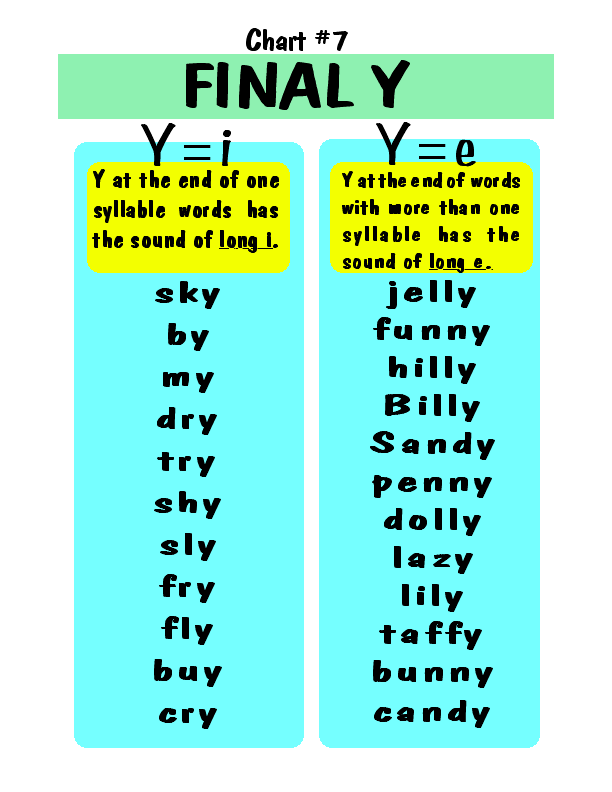 The child must connect the middle of the sun with the rays and read the resulting syllables.
The child must connect the middle of the sun with the rays and read the resulting syllables. - You can come up with many games with cubes: make up the word that you pronounce; replace one syllable with another and read the resulting word; make words starting with one syllable: ma-ma, ma-li-na, ma-shi-na, etc.
- You can make a table of syllables based on the Pythagorean table and read the syllables resulting from the combination of letters. Place vowels in the top line, consonants in the left column and combine them into syllables: on, well, but, etc.
- There are also ready-made board games that help to master letters and syllables, as a rule, they are marked “teaching children to read by syllables”.
By constantly training your child and playing with him, you will be able to bring the ability to name syllables to automatism, then the reading speed will noticeably increase, and you will only have to teach the child to read expressively and correctly make pauses and semantic accents.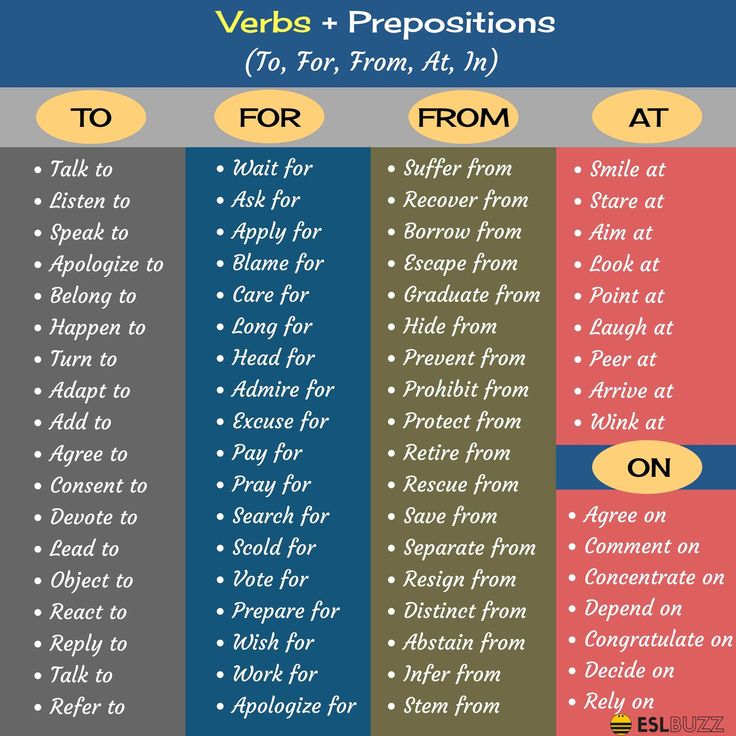
Learning online has never been so easy!
Please fill in the contact details and get a detailed consultation, a free trial day and a week of access to the educational platform
+7 Russia+93 Afghanistan+355 Albania+21 Algeria+684 American Samoa+376 Andorra+244 Angola+1-264 Anguilla+1-268 Antigua and Barbuda+374 Armenia+54 Argentina+61 Australia+43 Austria+994 Azerbaijan +1-242 Bahamas+973 Bahrain+880 Bangladesh+1-246 Barbados+375 Belarus+32 Belgium+501 Belize+229 Benin+1-441 Bermuda+591 Bolivia+387 Bosnia and Herzegovina+267 Botswana+55 Brazil+1 -284 British Virgin Islands+673 Brunei Daruesalaam+359 Bulgaria+226 Burkina Faso+257 Burundi+7 Russia+855 Cambodia+237 Cameroon+1 Canada+238 Cape Verde+1-345 Cayman Islands+236 Central African Republic+235 Chad+ 56 Chile+86 China+672 Christmas Islands+672 Cocos Islands+57 Colombia+1-670 Commonwealth of the Northern Mariana Islands+269Comoros and Mayotian(?) Islands+242 Congo+682 Cook Islands+506 Costa Rica+385 Croatia+53 Cuba+357 Cyprus+420 Czech Republic+45 Denmark+253 Djibouti+1-767 Dominica+1-809 Dominican Republic+ 62 East Timor+593 Ecuador+20 Egypt+503 El Salvador+240 Equatorial Guinea+372 Estonia+251 Ethiopia+500 Falkland Islands+679 Fiji+358 Finland+33 France+590 French Antilles+594 French Guiana+689 French Polynesia+241 Gabon +220 Gambia+995 Georgia+49 Germany+233 Ghana+350 Gibraltar+30 Greece+299 Greenland+1-473 Grenada+502 Guatemala+224 Guinea+245 Guinea Bissau+592 Guyana+509 Haiti+504 Honduras+852 Hong Kong+36 Hungary+354 Iceland+91 India+62 Indonesia+98 Iran+964 Iraq+ 353 Republic of Ireland+972 Israel+39 Italy+225 Ivory Coast+1-876 Jamaica+81 Japan+962 Jordan+7 Kazakhstan+254 Kenya+686 Kiribati+996 Kyrgyzstan+965 Kuwait+856 Laos+371 Latvia+961 Lebanon+ 266 Lessoto+231 Liberia+21 Libya+41 Liechtenstein+370 Lithuania+352 Luxembourg+853 Macao+389 Macedonia+261 Madagascar+265 Malawi+60 Malaysia+960 Maldives+223 Mali+356 Malta+692 Marshall Islands+596 Martinique+222 Mauritania+230 Mauritius+691 Micronesia+377 Monaco+976 Mongolia+212 Moroko+258 Mozambique+264 Namibia+674 Nauru+977 Nepal+31 Netherlands+599 Netherlands Antilles+687 New Caledonia+64 New Zealand+505 Nicaragua+227 Niger+234 Nigeria+672 Norfolk Islands+850 North Korea+967 North Yemen+670 Northern Mariana Islands+47 Norway+968 Oman+92 Pakistan+507 Panama+675 Papua New Guinea+595 Paraguay+51 Peru+63 Philippines+48 Poland+351 Portugal+1-787 Puerto Rico+974 Qatar+378 Republic of San Marino+262 Reonion+40 Romania+250 Republic of Rwanda+39 San Marino+966 Saudi Arabia+221 Senegal+232 Sierra Leone+65 Singapore+421 Slovakia+386 Slovenia+677 Solomon Islands+252 Somalia+27 South Africa+82 South Korea+969 South Yemen+34 Spain+94 Sri Lanka+249 Sudan+597 Suriname+268 Swaziland+46 Sweden+41 Switzerland+963 Syria+992 Tajikistan+886 Taiwan+255 Tanzania+66 Thailand+228 Republic of Togolese +676 Tongo+1-868 Trinidad and Tobago+21 Tunisia+90 Turkey+993 Turkmenistan+256 Uganda+380 Ukraine+971 U.